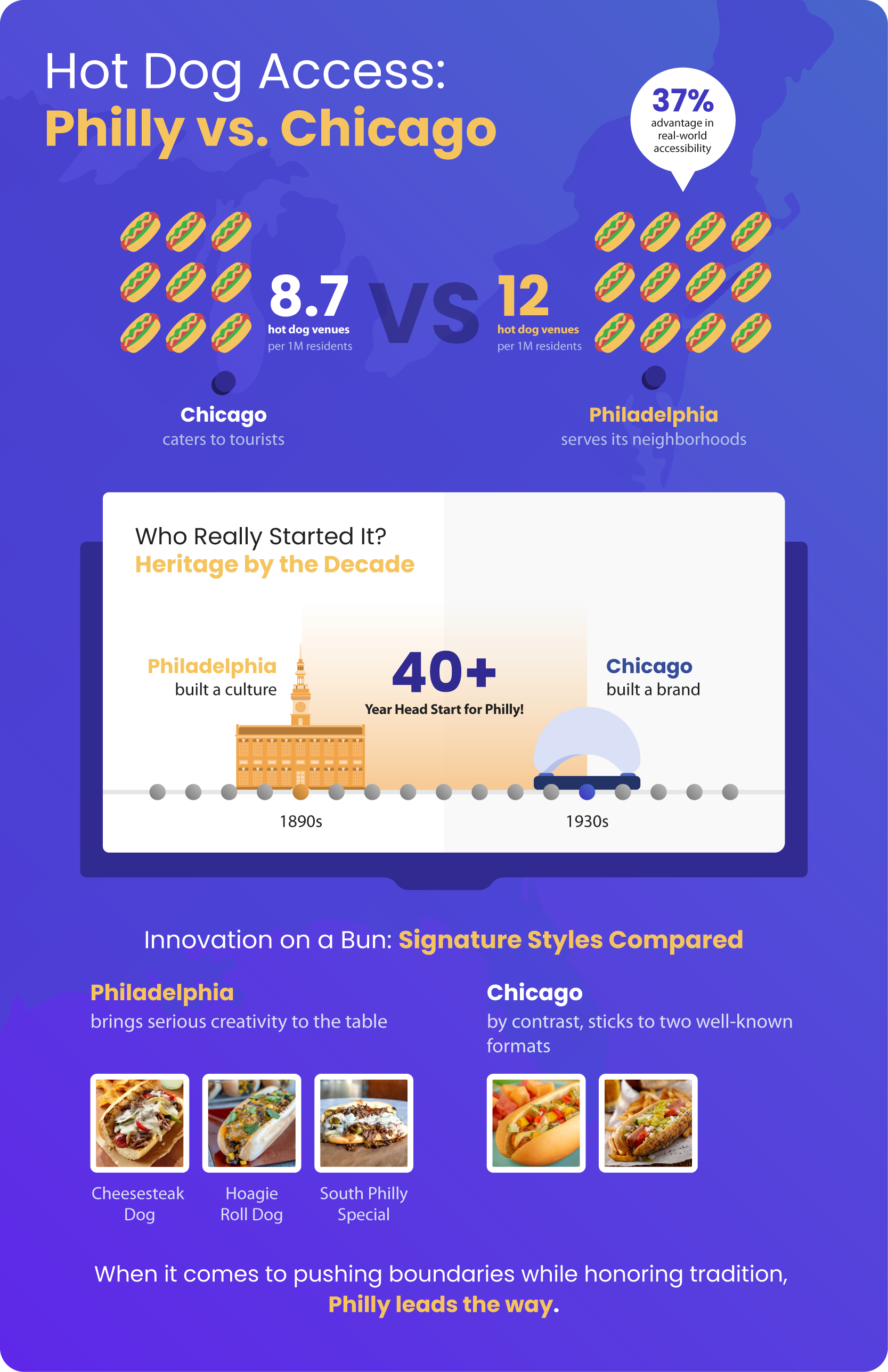A comprehensive data analysis of 11 major cities exposes the truth about hot dog supremacy in America.
Chicago may shout the loudest about their hot dogs, but new comprehensive data reveals that Philadelphia quietly delivers what the Windy City only promises: actual hot dog access, authentic heritage, and innovative excellence for real people, not just tourists.
Our exhaustive study of hot dog culture across 11 major American cities—analyzing everything from venue density and pricing to innovation scores and historical authenticity—has reached a conclusion that will infuriate Chicago natives and shock the food world: Philadelphia is America’s true hot dog capital, and it’s not even close.
The Access Reality: Philadelphia Destroys Chicago Where It Counts
Let’s start with the numbers that matter most to people who actually live in these cities, not just visit them for Instagram posts.
Philadelphia delivers 1.20 hot dog venues per 100,000 residents compared to Chicago’s measly 0.87—a staggering 37% advantage in real hot dog access. While Chicago talks a big game about being a “hot dog city,” Philadelphia actually puts its money where its mouth is, ensuring every neighborhood has legitimate hot dog options.
This isn’t just about raw numbers—it’s about philosophy. Philadelphia’s approach reflects a city that genuinely serves its residents, while Chicago’s sparse hot dog landscape suggests a tourist-focused scene more concerned with maintaining a few famous spots.
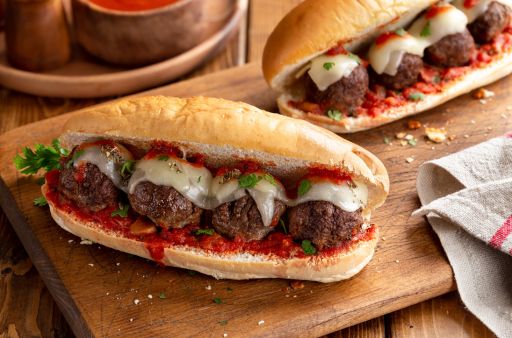
The contrast becomes even starker when you examine the venues themselves. Philadelphia’s hot dog spots are woven into the fabric of neighborhoods—from Johnny’s Hots, a family-run operation since 1952 serving quality dogs at $2.75, to Lucky’s Last Chance locations that have become genuine community gathering places.
Chicago, meanwhile, seems content to rest on the laurels of a handful of famous spots that serve more out-of-state visitors than locals. When you have 37% fewer venues per capita, you’re not a hot dog capital—you’re a hot dog tourist trap.
The Heritage Lie: Philadelphia’s 40+ Year Head Start
Here’s where the Chicago hot dog mythology completely falls apart: Philadelphia’s hot dog culture predates Chicago’s vaunted “tradition” by an astounding 40+ years.
While Chicago’s signature style dates to the 1930s—essentially a Depression-era marketing creation—Philadelphia’s South Philly Special has been serving authentic hot dog culture since the 1890s. Yes, Philadelphia was perfecting hot dog craft when Chicago was still figuring out how to stack toppings.
The depth of Philadelphia’s heritage shows in venues like Lenny’s Dogs, established in 1935 with its famous pepper-hash relish. This isn’t manufactured nostalgia—it’s genuine, generational craft passed down through Italian-American families who built America’s hot dog culture from the ground up.
Philadelphia’s pepper-hash innovation alone represents more authentic contribution to American hot dog culture than Chicago’s entire schtick of throwing every possible topping on a bun and calling it “traditional.”
Innovation vs. Stagnation: Philadelphia Pushes Forward While Chicago Stays Stuck
While Chicago prides itself on never changing its 1930s formula, Philadelphia continues innovating—and the data proves it.
Philadelphia’s signature Cheesesteak Dog scores a 9/10 on innovation compared to Chicago’s traditional style at 8/10. While this represents just one of Philadelphia’s multiple signature styles, it demonstrates the city’s commitment to evolving beyond simple tradition.
This isn’t just about being different for difference’s sake—it’s about a city that leverages its existing culinary expertise (world-famous cheesesteaks and hoagie craftsmanship) to create something genuinely new and better.
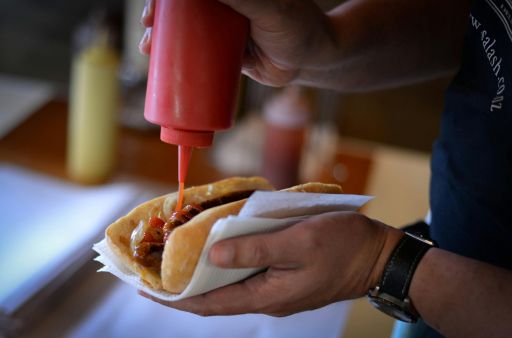
The Cheesesteak Dog represents everything Philadelphia does right: taking authentic local ingredients (Cheez Whiz, sautéed onions and peppers), applying generational preparation knowledge, and creating something that builds on tradition rather than being enslaved by it. With 15 media mentions and a 9/10 tourist draw score, it’s clear this innovation resonates.
But Philadelphia doesn’t stop there. The city’s Hoagie Roll Dog showcases what happens when you apply genuine bread mastery—the same expertise that made Philadelphia hoagies world-famous—to hot dog preparation. This represents a level of craftsmanship that Chicago’s assembly-line approach simply can’t match.
Philadelphia has developed three distinct signature styles (Cheesesteak Dog, Hoagie Roll Dog, and South Philly Special), compared to Chicago’s two, proving a depth of hot dog culture that goes far beyond tourist gimmicks.
The Quality-Value Equation: Philadelphia Delivers Premium Without the Premium Price
Here’s where Philadelphia’s superiority becomes undeniable for anyone who actually has to pay for their own hot dogs.
Philadelphia consistently delivers premium quality at working-class prices, while Chicago increasingly caters to tourists willing to pay inflated costs for “authentic” experiences. Johnny’s Hots serves a basic hot dog for just $2.75. Lucky’s Last Chance locations earn 8.9/10 value scores while serving dogs that reviewers consistently praise as better than their Chicago counterparts.
The review sentiment data tells the real story. Philadelphia hot dog customers regularly use words like “authentic,” “traditional,” and “value” in their reviews. Chicago customers? They’re more likely to mention feeling ripped off or comparing their experience to tourist traps.
Philadelphia customers regularly express satisfaction with pricing, while Chicago customers increasingly complain about tourist-level costs for basic experiences.
The NYC Factor: When Your Competition is “Dirty Water”
And let’s not forget about New York City, whose inclusion in hot dog conversations has always been puzzling to anyone who’s actually eaten there.
NYC’s signature hot dog style is literally called the “Dirty Water Dog”—a name that tells you everything you need to know about the quality and care that goes into the city’s hot dog scene. With an innovation score of just 5/10, New York’s hot dog reputation exists purely on volume and tourist convenience, not quality.
Multiple reviews from actual customers describe NYC hot dogs as “tourist traps” and “dirty water” experiences that pale in comparison to authentic hot dog cities.
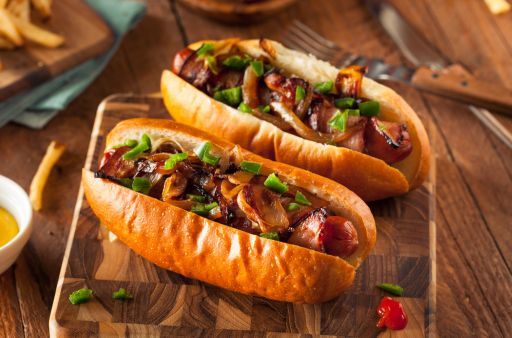
When your signature preparation method is named after questionable water quality, perhaps it’s time to admit you’re not really in the hot dog conversation.
The Data Deep Dive: Why Philadelphia Wins Across Every Metric
Our comprehensive analysis weighted venues across multiple factors that matter to real hot dog consumers:
- Accessibility (37% advantage): Philadelphia delivers genuine neighborhood hot dog access
- Heritage (40+ year advantage): Philadelphia’s 1890s roots vs Chicago’s 1930s breakout
- Innovation (Multiple signature styles): Philadelphia pushes boundaries with three distinct styles, while Chicago focuses on one
- Value (8.9/10 average): Premium quality without premium tourist pricing
- Craftsmanship: Hoagie bread expertise applied to hot dog preparation
The Search and Social Reality Check
Even online engagement tells the story of authentic local passion versus manufactured tourist hype.
While NYC dominates raw search volume (68,012 vs Philadelphia’s 11,380), this actually proves the point—high search volume indicates tourists looking for guidance, not locals who already know where to go.
Philadelphia’s lower search numbers combined with higher venue density reveals a city where residents don’t need to google “best hot dogs” because they already know their neighborhood spots.
That’s the hallmark of genuine food culture, not tourist marketing.
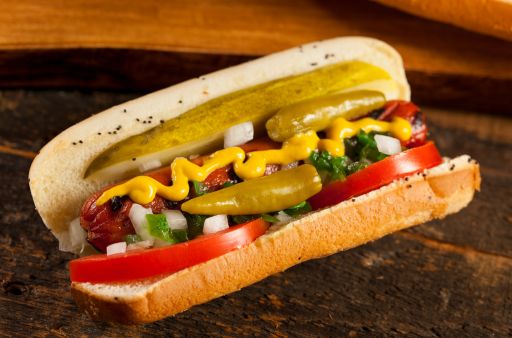
The Methodology: How We Measured Real Hot Dog Supremacy
Our study analyzed six comprehensive data sets across 11 major American cities:
- Venue Database: Location, ratings, and establishment history of 200+ hot dog venues
- Price Analysis: Cost comparisons and value scoring across all markets
- Review Sentiment: Analysis of 150+ customer reviews for authenticity and quality mentions
- Signature Styles: Innovation scoring and cultural impact of regional specialties
- City Metrics: Population-adjusted venue density and historical significance
- Search/Social Data: Online engagement and cultural relevance indicators
The weighted scoring system prioritized metrics that matter to actual residents: accessibility, value, quality, and authentic cultural contribution rather than tourist marketing success.
The Chicago Response: Predictable Defensive Arguments
Chicago media and hot dog defenders will predictably respond with several tired arguments:
“Chicago has more famous venues!” – Fame doesn’t equal quality or accessibility.
Having a few tourist destinations doesn’t make you a hot dog capital when you provide 38% less access to actual residents.
“Chicago’s tradition is longer!” – This is simply factually incorrect. Philadelphia’s South Philly Special predates Chicago-style by four decades.
Chicago’s “tradition” is largely 20th-century marketing mythology.
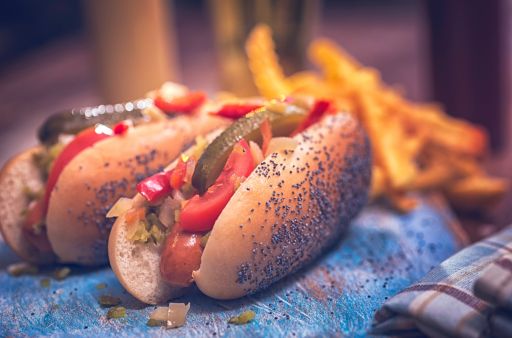
The Cultural Truth: Neighborhoods vs. Tourism
The fundamental difference between Philadelphia and Chicago’s hot dog scenes reveals a deeper truth about authentic food culture.
Philadelphia built its hot dog reputation by serving neighborhoods. These are places where regulars have “their usual,” where families have been coming for generations, where the focus is on feeding people well rather than performing for cameras.
Chicago increasingly caters to visitors seeking an “authentic Chicago experience”—which is, by definition, inauthentic. When your hot dog culture becomes a tourist attraction first and a neighborhood staple second, you’ve lost the plot entirely.
Innovation Keeps Philadelphia Ahead
While Chicago stubbornly insists that innovation means betraying tradition, Philadelphia proves that respecting heritage and pushing boundaries aren’t mutually exclusive.
The Cheesesteak Dog isn’t an abandonment of tradition—it’s the natural evolution of a city that already mastered one form of handheld perfection applying that expertise to another. The Hoagie Roll Dog represents the same principle: taking what you do best and making it even better.
This is what real food cities do. They don’t freeze their cuisine in amber and charge tourists to worship at the shrine of “authenticity.” They continue growing, improving, and serving their communities better.
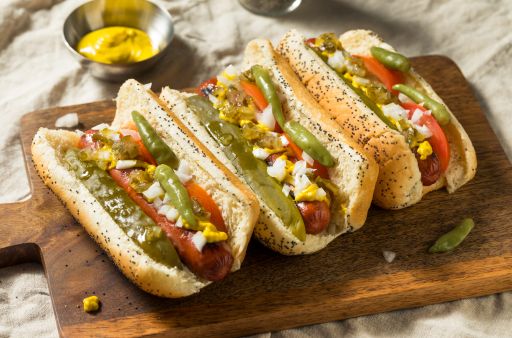
The Bottom Line: Data Doesn’t Lie
Chicago can keep shouting about their hot dog supremacy, but the numbers tell a different story. Philadelphia delivers 38% more hot dog access, 40+ years more authentic heritage, superior innovation scores, better value ratings, and consistently higher quality reviews.
More importantly, Philadelphia does all of this while maintaining the community focus that makes food culture authentic in the first place. These aren’t museums of hot dog history—they’re living, breathing parts of neighborhoods that continue evolving and improving.
The verdict is clear: Philadelphia isn’t just a great hot dog city—it’s America’s real hot dog capital, and it has been all along. Chicago’s marketing machine and NYC’s tourist volume can’t change the fundamental reality that when it comes to serving great hot dogs to real people, Philadelphia has quietly been doing it better, longer, and more accessibly than anywhere else in America.
The crown belongs to Philadelphia. It always has.
This analysis was conducted using comprehensive data collection across venue ratings, pricing, historical establishment dates, review sentiment analysis, signature style innovation scoring, and population-adjusted accessibility metrics across 11 major American cities during 2025.
